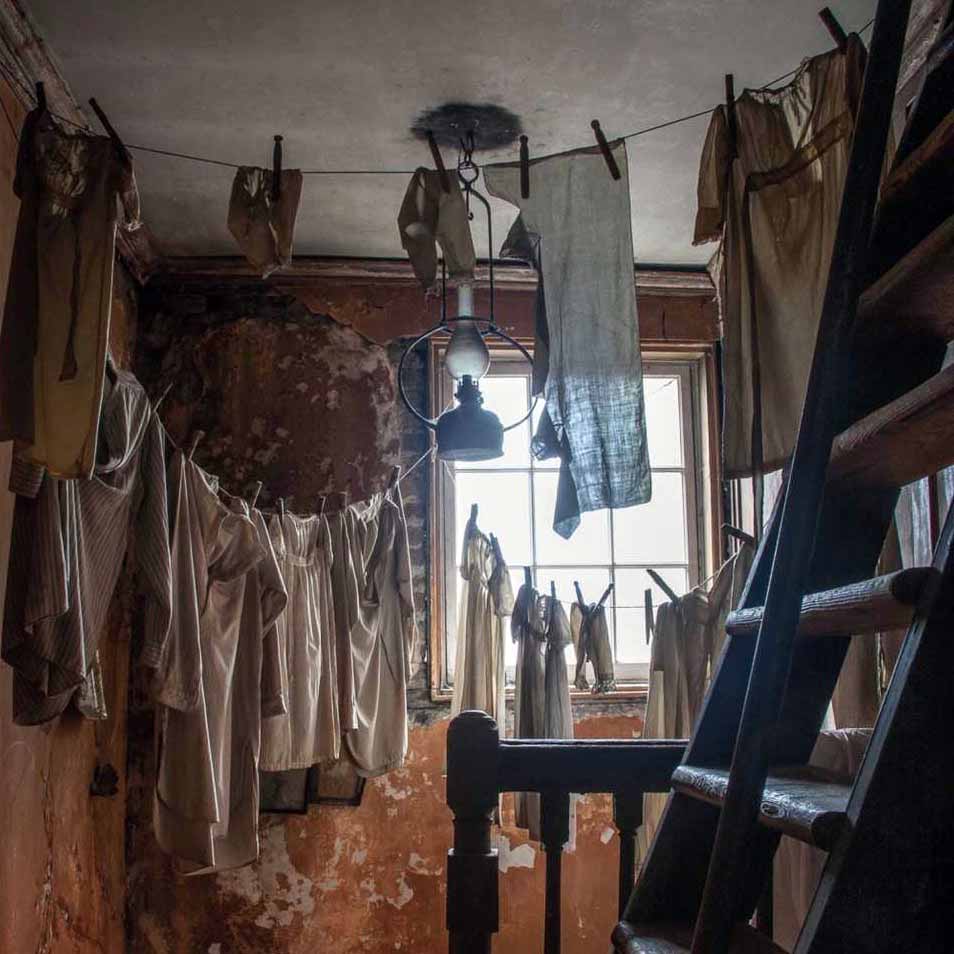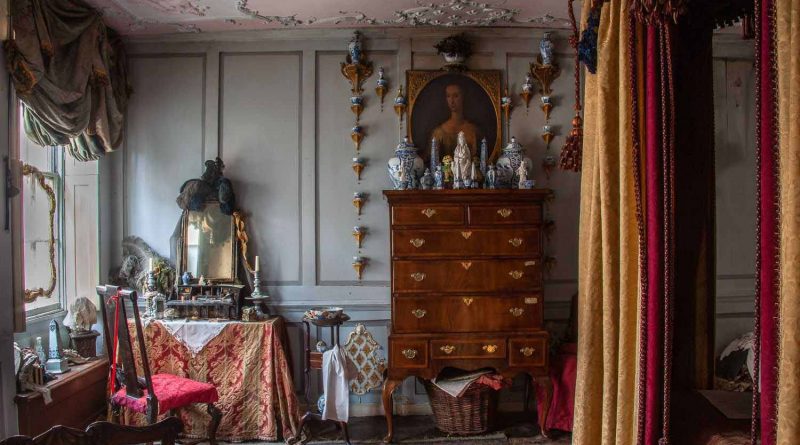A candlelit journey: whispers of the past at Dennis Severs’ House
An American artist brings to life 300 years of French-British Huguenot history in Spitalfields through a theatrical sensory experience.
Dennis Severs’ House on Folgate Street, built in 1724 and reimagined in 1979, immerses visitors in the life of an imaginary Huguenot family in Spitalfields, London.
American artist Dennis Severs bought the derelict house in 1979 and reconfigured it to tell a tale spanning centuries. His work turns objects into characters and the house into a historical stage.
It mostly brings to life the building’s Huguenot past, but you’ll also find a Yankees cap in the hallway and a hidden 90’s computer, legacies of when he lived there with his friend Simon Pettet, a ceramicist.
Born in Southern California, Severs moved to London in 1967 just a few days after graduating, enchanted by the city’s historical dramas. After he died in 1999, the Spitalfield’s Trust took on the maintenance of the house, and the management of its tours.
Walking down Folgate Street, the house is easy to miss. With no bright neon signs to show you the way, you’ll need to keep an eye out for the black doors with a Victorian street lamp over its threshold.
Entering in silence, guests are transported to a bygone era as if the original Huguenot inhabitants had just stepped out.
In the morning, daylight filters in through the cracked glass from outside. By night, visitors can explore by candlelight, each step on the creaky floorboards connecting them to history. ‘You either see it or you don’t’ Severs once said.
The basement kitchen has remained mostly unchanged since Severs’ time. Original fixtures tell a story of continuity and decay, with centuries-old paint and broken ceramic teapots.
The aroma of spices and tea mixes with lavender and pomanders as if the walls themselves exude the essence of history.
Bonnets hang on brooms, garlic and onions in the kitchen basement, and the tables overflow with the most marvelous sets of Georgian crockery and cutlery you’ve ever seen.
As you wander through the dimly lit rooms, a silence envelops you, yet the house feels alive.
The imaginary residents Mr and Mrs Jervis, seem perpetually just around the corner, their presence palpable thanks to faint murmurs floating through the air from a sound recording; the rhythmic clatter of horse-drawn carriages coming and going and the distant chime of church bells.
Moving to the upper rooms, the scent of wildflowers lingers and a cannon boom echoes from afar, marking the end of an era.
Partially eaten food on tables, rumpled beds, and handwritten notes left behind tell stories without words, evoking a poignant sense of presence.
The Jervis bedroom is lit by candlelight that casts shadows that dance like spectres of the past.
A dressing table in the corner has a small note with delicate cursive writing on the mirror that reads “pride, envy, wrath, sloth, avarice, gluttony, and lust”, a stark reminder of moral duty. Lit woodfires and period perfumes mingle creating a fragrant symphony.
The first-floor drawing room represents the grandness of the house in its wealthier days with Roccoco additions from Severs.

Then the third-floor staircase immediately reveals the unfortunate state of the family during hard times; peeling paint and cracks in the walls, a clothesline with tattered garments hanging from the ceiling. It leads us to the ‘poor’ room, with faded furniture and gnarled surfaces, capturing the decline of Spitalfields’ silk industry. A natural light reveals the poignant beauty of this one room, used as a kitchen, bedroom, and bathroom all at once.
Dennis Severs’ House is a sensory immersion into a world less than 200 years old yet seemingly from another dimension; a vivid reminder of how our present will one day become the past, viewed through the lens of tomorrow’s visitors.
“One of the world’s five great experiences,” said David Hockney, a must-see for anyone seeking a deep, sensory dive into history.
If you liked this feature, you might also enjoy: Paul Blumsom’s personal pilgrimage into his working class Huguenot history

